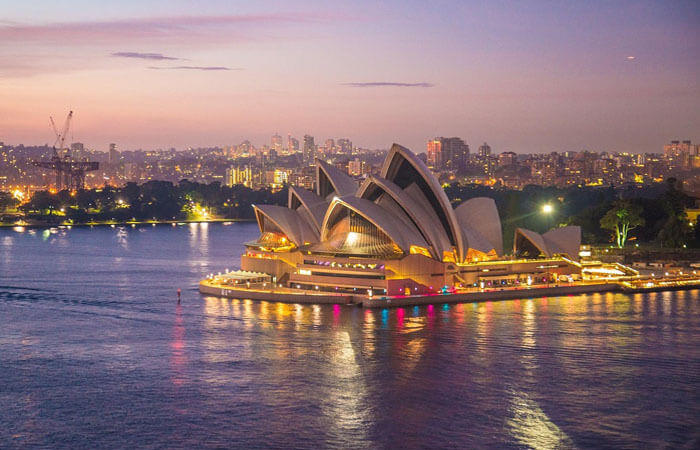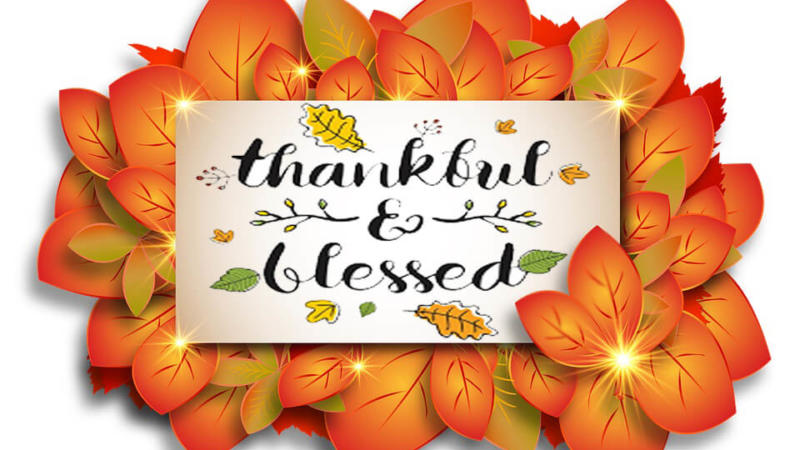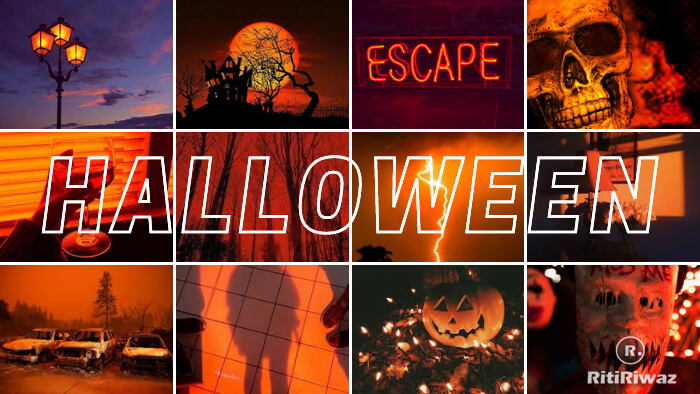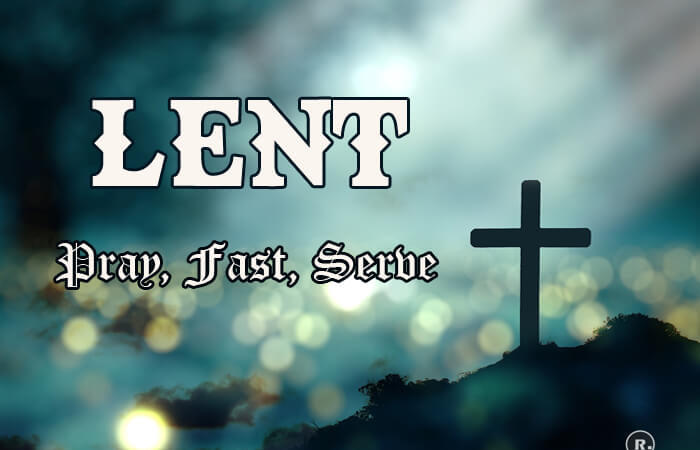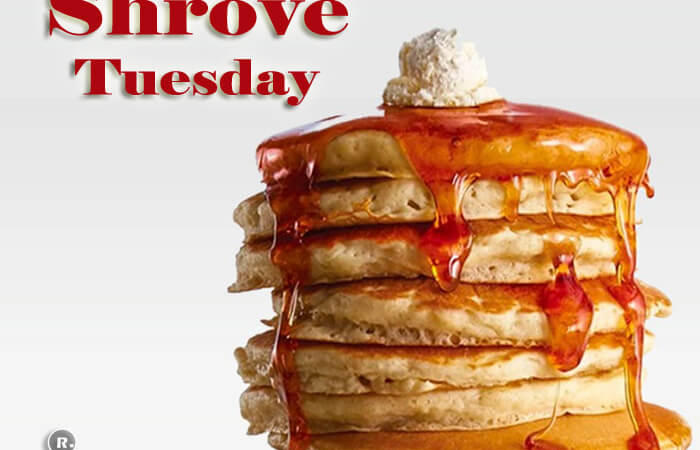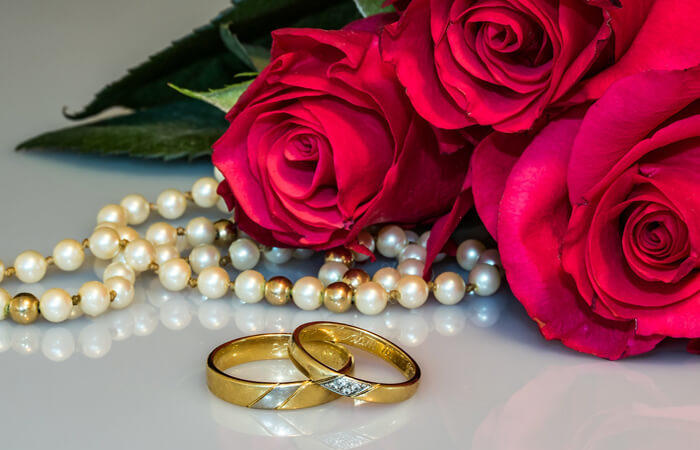Why children do trick or treat on Halloween

Every year we wear scary outfits, bob for apples, and carve pumpkins. Straddling the line between fall and winter, plenty and paucity, life and death, Halloween is a time of celebration and superstition. It is thought to have originated with the ancient Celtic festival of Samhain when people would light bonfires and wear costumes to ward off roaming ghosts. In the eighth century, Pope Gregory III designated November 1 as a time to honor all saints and martyrs; the holiday, All Saints’ Day, incorporated some of the traditions of Samhain. The evening before was known as All Hallows’ Eve and later Halloween. Over time, Halloween evolved into a secular, community-based event characterized by child-friendly activities such as trick-or-treating. In a number of countries around the world, as the days grow shorter and the nights get colder, people continue to usher in the winter season with gatherings, costumes, and sweet treats.
Halloween’s origins date back to the ancient Celtic festival of Samhain (pronounced sow-in). The Celts, who lived 2,000 years ago in the area that is now Ireland, the United Kingdom, and northern France, celebrated their new year on November 1. This day marked the end of summer and the harvest and the beginning of the dark, cold winter, a time of year that was often associated with human death. Celts believed that on the night before the new year, the boundary between the worlds of the living and the dead became blurred. On the night of October 31, they celebrated Samhain, when it was believed that the ghosts of the dead returned to earth. In addition to causing trouble and damaging crops, Celts thought that the presence of the otherworldly spirits made it easier for the Druids or Celtic priests, to make predictions about the future. For people entirely dependent on the volatile natural world, these prophecies were an important source of comfort and direction during the long, dark winter.
To commemorate the event, Druids built huge sacred bonfires, where the people gathered to burn crops and animals as sacrifices to the Celtic deities. During the celebration of the Harvest festival, the Celts wore costumes, typically consisting of animal heads and skins, and attempted to tell each other’s fortunes. When the celebration was over, they re-lit their hearth fires, which they had extinguished earlier that evening, from the sacred bonfire to help protect them during the coming winter.
The celebration of Halloween was extremely limited in colonial New England because of the rigid Protestant belief systems there. Halloween was much more common in Maryland and the southern colonies. As the beliefs and customs of different European ethnic groups, as well as the American Indians, meshed, a distinctly American version of Halloween began to emerge. The first celebrations included “play parties,” public events held to celebrate the harvest, where neighbors would share stories of the dead, tell each other’s fortunes, dance and sing. Colonial Halloween festivities also featured the telling of ghost stories and mischief-making of all kinds. By the middle of the nineteenth century, annual autumn festivities were common, but Halloween was not yet celebrated everywhere in the country.
The American Halloween tradition of “trick-or-treating” probably dates back to the early All Souls’ Day parades in England. During the festivities, poor citizens would beg for food and families would give them pastries called “soul cakes” in return for their promise to pray for the family’s dead relatives. The distribution of soul cakes was encouraged by the church as a way to replace the ancient practice of leaving food and wine for roaming spirits. The practice, which was referred to as “going a-souling” was eventually taken up by children who would visit the houses in their neighborhood and be given ale, food, and money.
The tradition of dressing in costume for Halloween has both European and Celtic roots. Hundreds of years ago, winter was an uncertain and frightening time. Food supplies often ran low and, for the many people afraid of the dark, the short days of winter were full of a constant worry. On Halloween, when it was believed that ghosts came back to the earthly world, people thought that they would encounter ghosts if they left their homes. To avoid being recognized by these ghosts, people would wear masks when they left their homes after dark so that the ghosts would mistake them for fellow spirits. On Halloween, to keep ghosts away from their houses, people would place bowls of food outside their homes to appease the ghosts and prevent them from attempting to enter.
Halloween celebrated with different names around the world
Trick-or-Treat
The tradition of dressing in costumes and trick-or-treating may go back to the practice of “mumming” and “guising,” in which people would disguise themselves and go door-to-door, asking for food, Santino said. Early costumes were usually disguised, often woven out of straw, he said, and sometimes people wore costumes to perform in plays or skits.
The practice may also be related to the medieval custom of “souling” in Britain and Ireland, when poor people would knock on doors on Hallowmas (Nov. 1), asking for food in exchange for prayers for the dead.
On Halloween kids put up scary costumes of witches, ghosts, pirates, and clowns and get ready for Halloween night. People carve jack-o-lanterns with happy or spooky faces. Kids love to go for trick-or-treating, they knock on the doors and say “Trick or treat!” and get candy or chocolate in return.
Suggested Read: Why do People Celebrate Halloween?
ORIGINS OF HALLOWEEN CUSTOMS
Below is a list of widely-held customs and their ancient roots:
Mischief-making, playing tricks: Celts believed that the ghosts of the dead who returned to earth on the night of Oct. 31 caused trouble and damaged crops; they also believed that their gods played tricks on them.
Black cats: Celts believed that bad spirits would take the form of cats and other animals on the night of Oct. 31.
Costumes: Celts (and other Europeans) wore masks when they left their homes after dark to avoid being recognized by ghosts who might mistake them for fellow spirits. “Guisers” dressed up to impersonate the returning dead, singing and dancing to keep evil spirits away. Catholics dressed up as saints, angels, and devils during Hallowmas.
“Trick or treat”: Prior to the Protestant Reformation, women and girls went “souling,” visiting houses and begging for “soul cakes.” Seventeenth-century Irish peasants went door to door asking for donations for a feast to honor St. Columba (whom they believed had replaced the Lord of the Dead). Up until the early 1900s, the Irish went about asking for contributions in the name of “Muck Olla,” a legendary, gigantic boar.
Bonfires: Druids built sacred bonfires to frighten off evil spirits on Oct. 31, the eve of the new year. Worshippers used them to burn animal and crop offerings to their sun god; they also rekindled their cooking fires to protect their homes from evil spirits. The Scots built bonfires, called Samhnagan, not for Samhain, but for Halloween merry-making and as a defiant welcome to the coming winter. The Catholic Church continued with the bonfire tradition on All Souls’ Day, Nov. 2.
Fruits, nuts, and other goodies: Handing out fruits and nuts may have originated from Pomona Day, named for the Roman goddess of fruits, trees, gardens, harvests, and fertility. Later used for divination games.
Apple-bobbing, apple-ducking: May have come from Pomona Day; the Romans viewed the apple as a sacred symbol of their goddess Pomona. Apple-ducking was a divination game used to predict future love and marriage; for example, if a girl peeled an apple in front of a mirror in a room lighted by a candle, an apparition of her future husband would appear behind her in a mirror. Also, apple-ducking represented soul symbols (apples) in the Cauldron of Regeneration (the water), similar to the lord of the dead gathering dead souls to regenerate those who had been condemned to inhabit animals for the past year.
Parades, parties: The Scots, Celts, and Welsh built bonfires for parading, dancing, and merry-making; the Celts did so, wearing costumes made from animal skins and heads. The Scots assembled marriage-minded young people for divination games. Europeans who migrated to America brought with them “play parties” and public events to celebrate the harvest, as well as telling ghost stories and pulling pranks.
Jack-o’-lantern: The name may have come from a night watchman. In the British Isles, turnips and rutabagas were commonly used; pumpkins are the American tradition. In Britain, people hollowed-out turnips and placed candles inside them to make food offerings to the dead; later on, they were posted just outside homes to keep away evil spirits.

